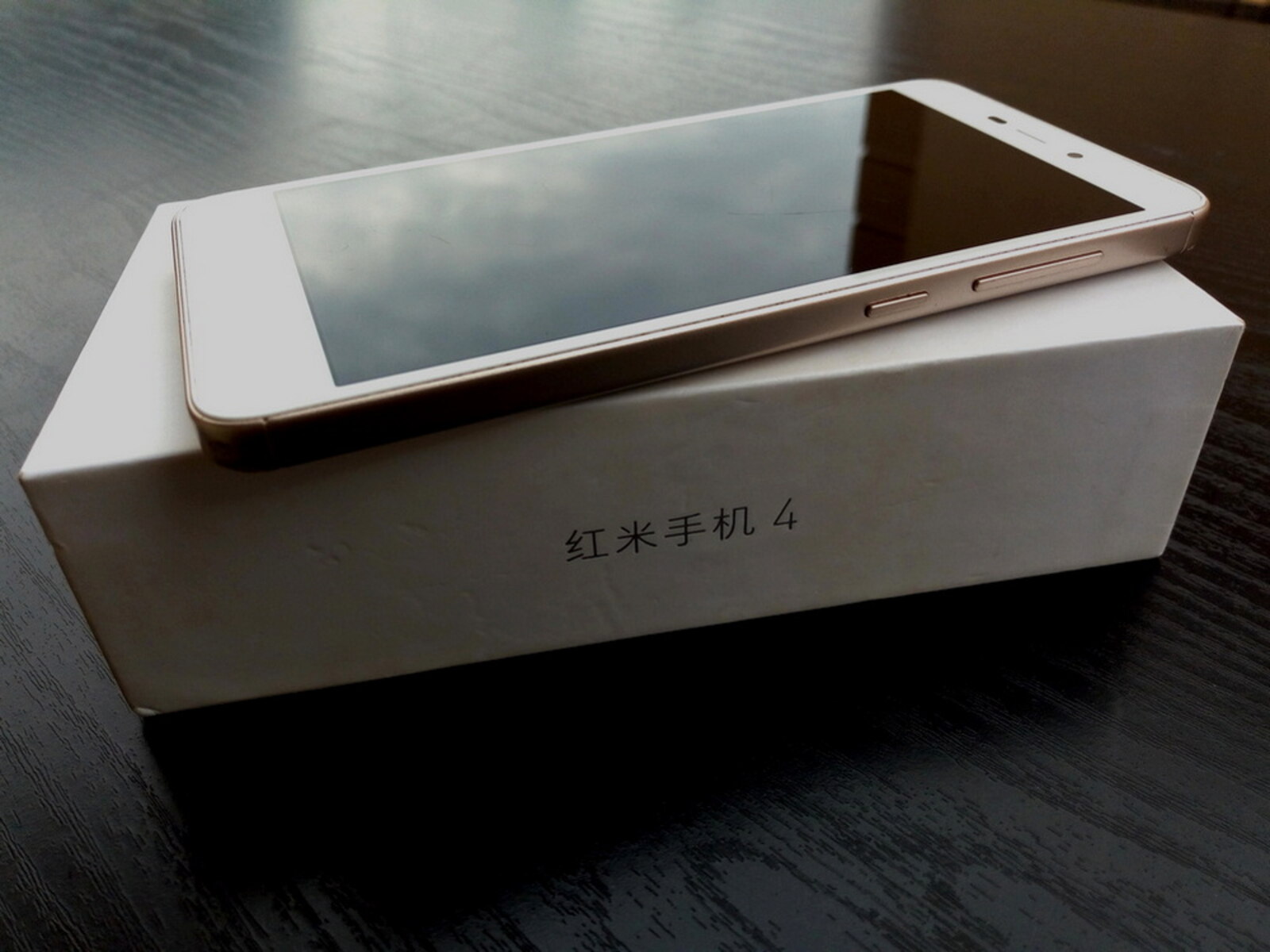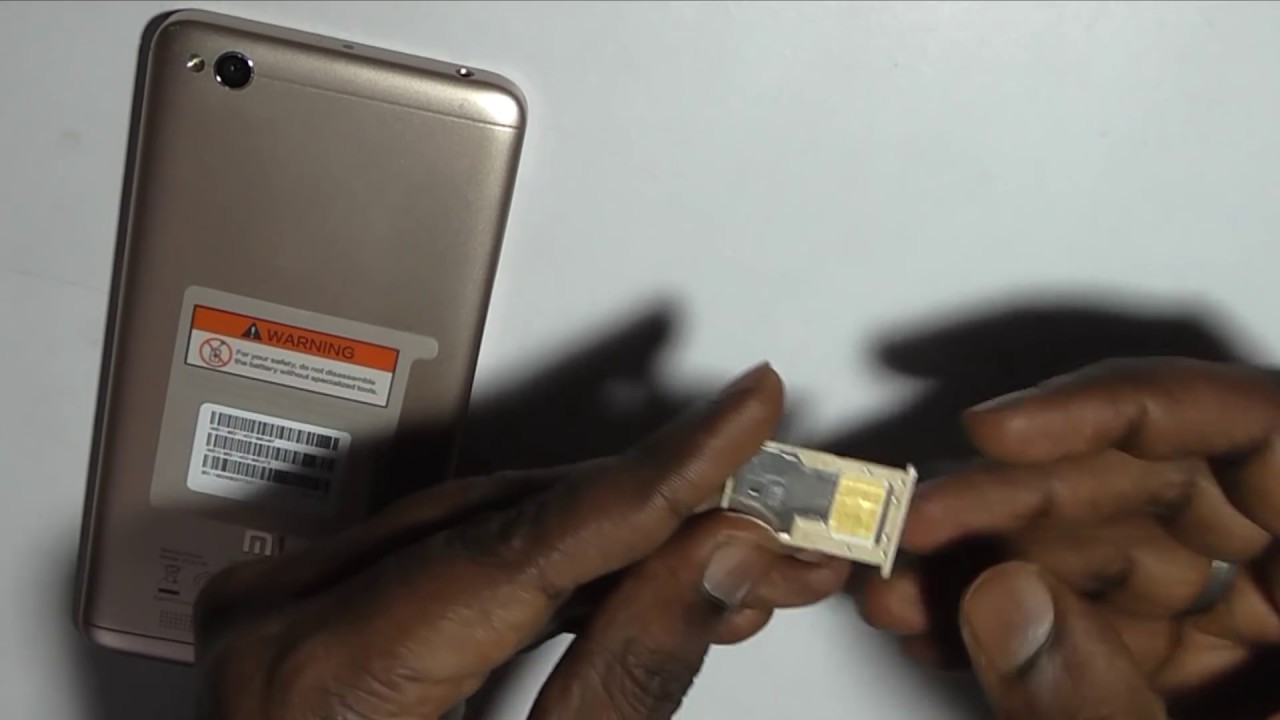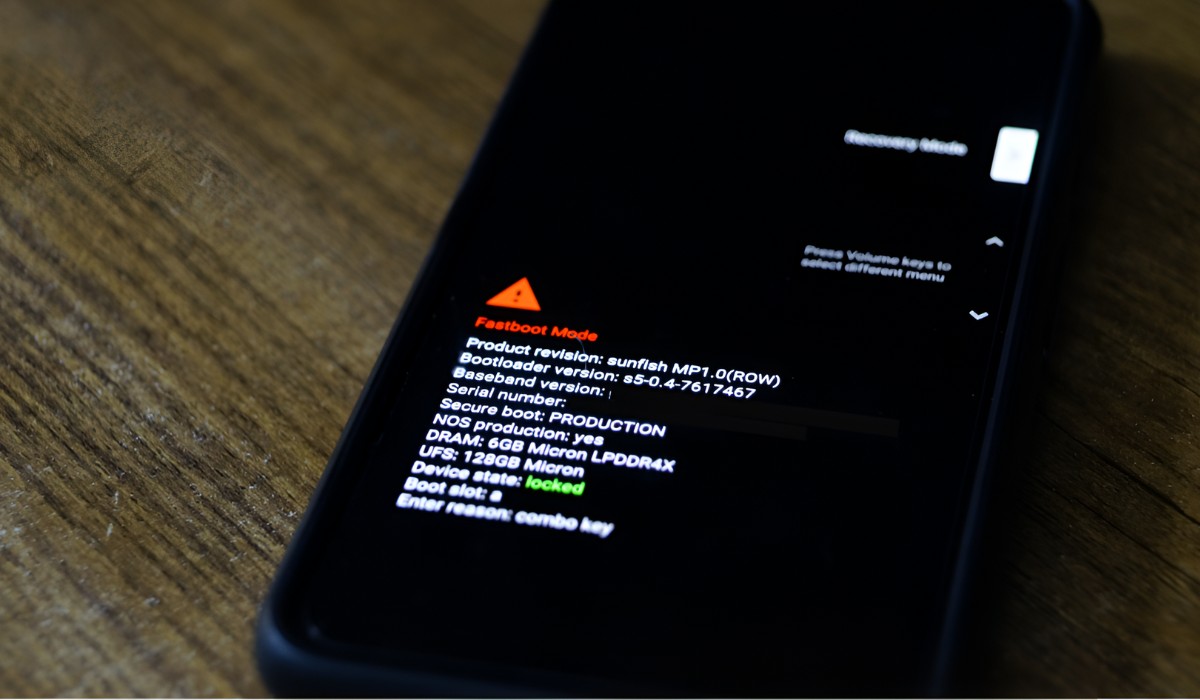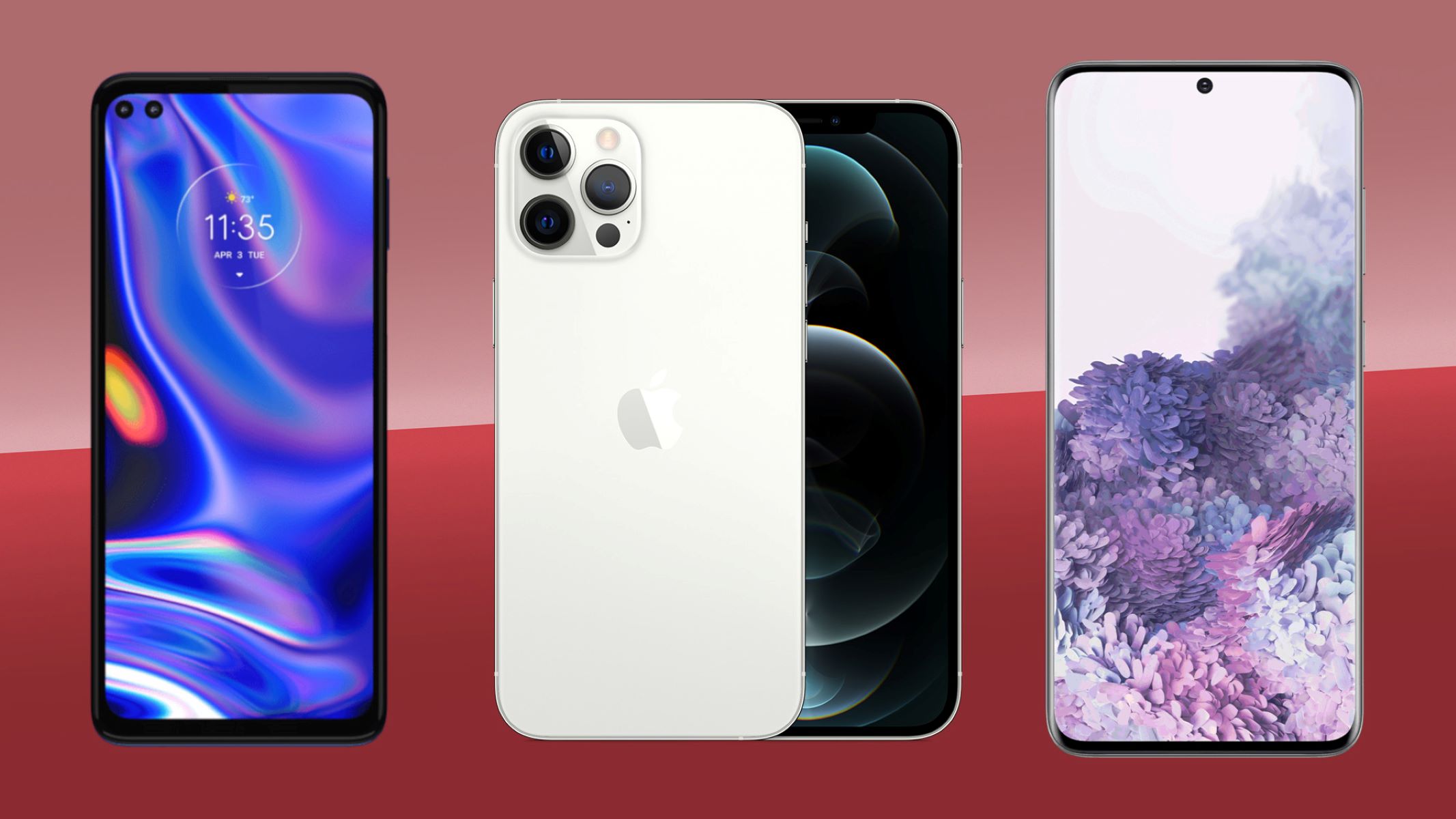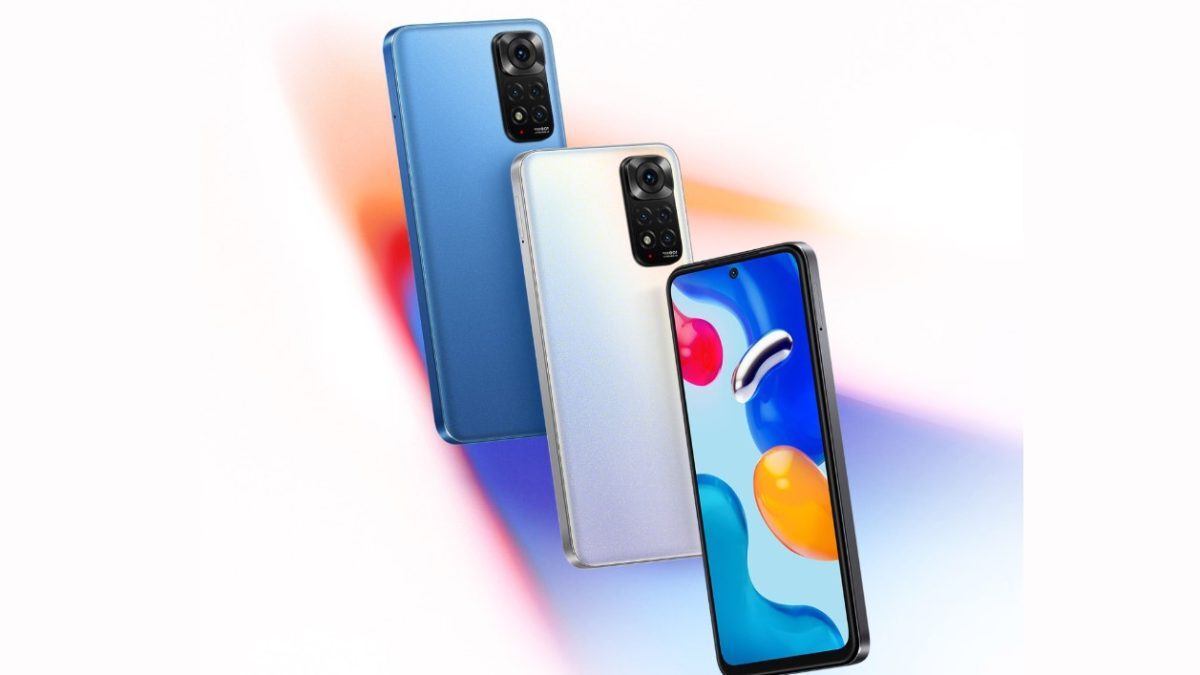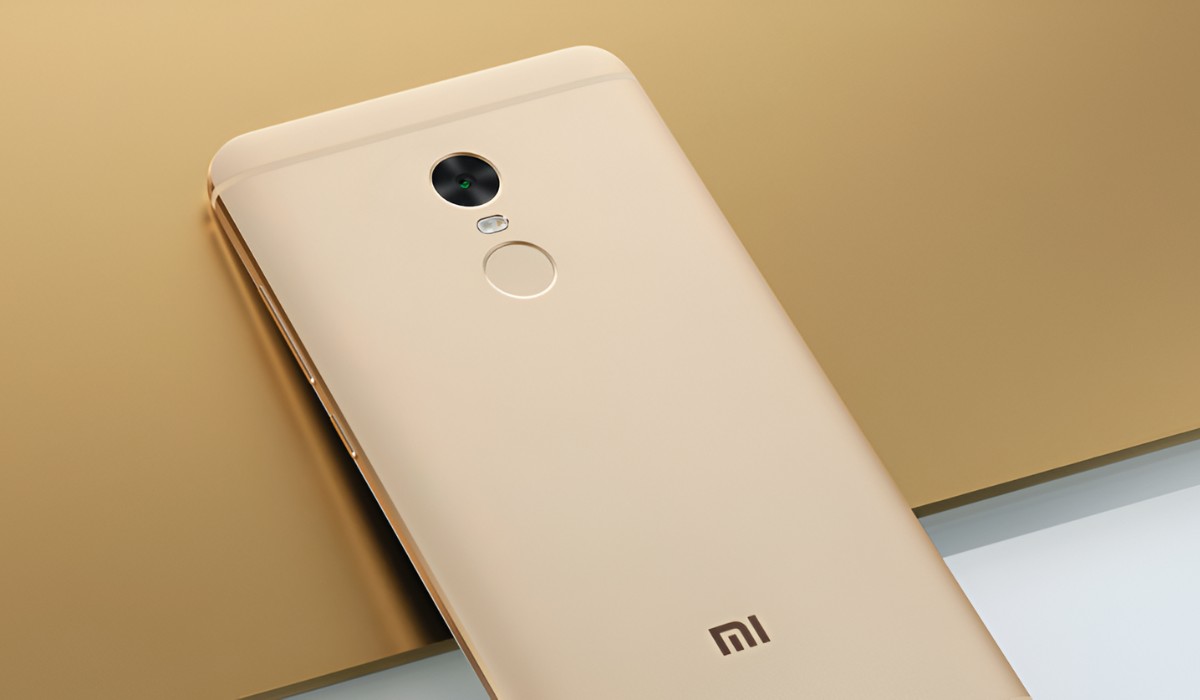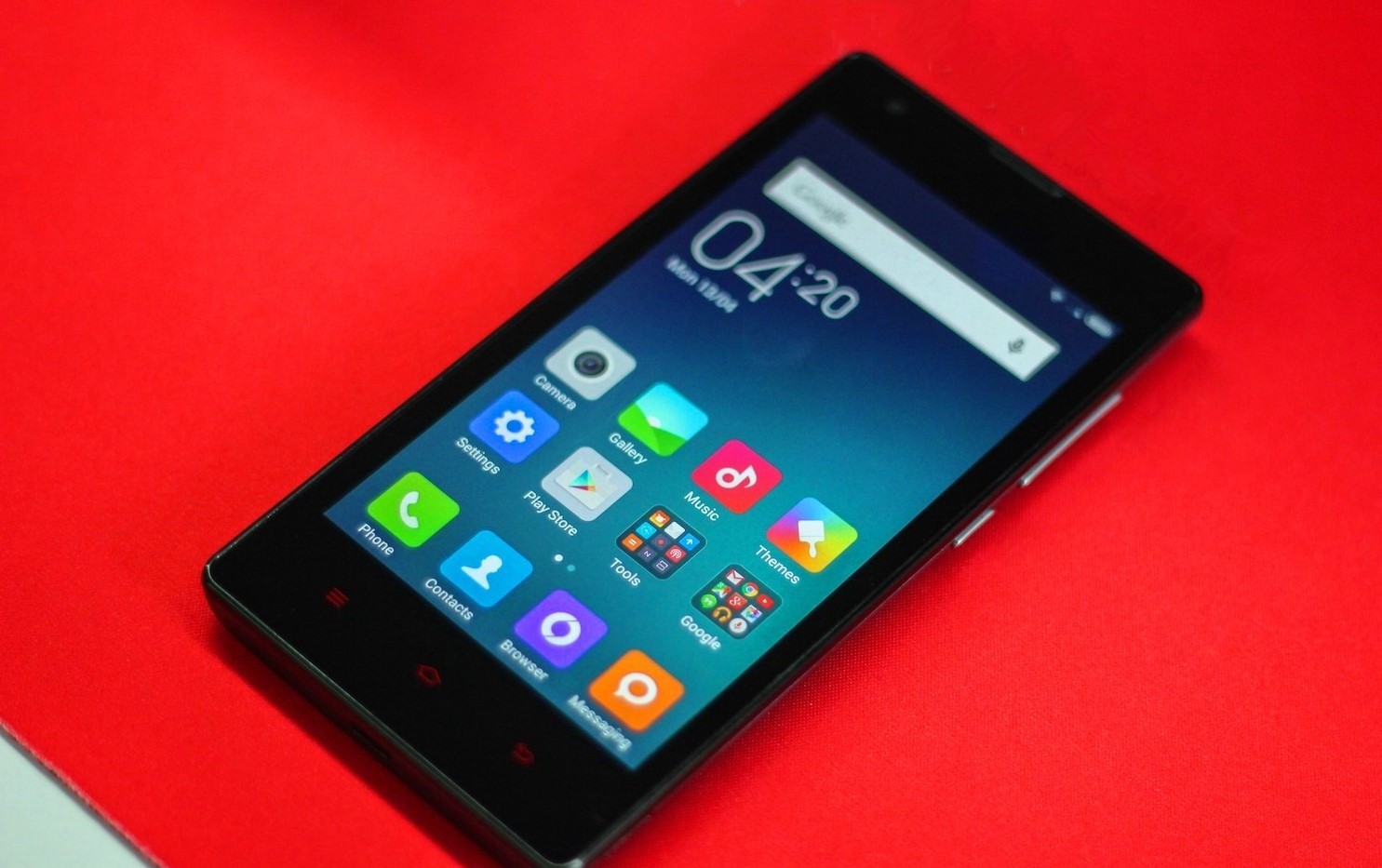Introduction
In today's fast-paced digital age, mobile devices have become indispensable tools for communication, productivity, and entertainment. The Xiaomi Redmi 4A, a popular budget-friendly smartphone, has garnered attention for its impressive features and affordability. As mobile technology continues to advance, it's crucial for users to understand the compatibility of their devices with various mobile networks. This article aims to delve into the compatibility of the Xiaomi Redmi 4A with different mobile networks, providing valuable insights for users seeking seamless connectivity and optimal performance.
The Xiaomi Redmi 4A, known for its sleek design and robust functionality, has gained a loyal following among tech enthusiasts and budget-conscious consumers. With its vibrant display, reliable performance, and user-friendly interface, this smartphone has carved a niche in the competitive mobile market. However, the true potential of any mobile device can only be realized when it seamlessly connects to the appropriate mobile network.
As we navigate the intricate landscape of mobile networks, it's essential to comprehend the diverse technologies and standards that underpin wireless communication. From the ubiquitous 4G LTE to the emerging 5G networks, each iteration brings forth advancements in speed, coverage, and latency, reshaping the way we interact with our devices. Understanding the nuances of these networks and their compatibility with the Xiaomi Redmi 4A is paramount for users to leverage the full spectrum of connectivity options available to them.
By exploring the compatibility of the Xiaomi Redmi 4A with different mobile networks, users can make informed decisions when selecting a carrier or planning to switch networks. Whether it's ensuring optimal signal strength for crystal-clear calls, seamless data connectivity for streaming and browsing, or harnessing the power of emerging technologies, such as VoLTE and VoWiFi, understanding the device's compatibility with various networks empowers users to make the most of their mobile experience.
As we embark on this exploration of compatibility, we will unravel the intricacies of mobile networks and their interplay with the Xiaomi Redmi 4A, shedding light on the factors that influence connectivity and performance. By the end of this journey, readers will gain a comprehensive understanding of how the Xiaomi Redmi 4A aligns with different mobile networks, equipping them with the knowledge to optimize their mobile connectivity and elevate their digital experience.
Understanding Xiaomi Redmi 4A
The Xiaomi Redmi 4A, a budget-friendly smartphone, has garnered widespread acclaim for its impressive features and affordability. Boasting a sleek and compact design, this device is equipped with a 5.0-inch touchscreen display, offering vibrant visuals for an immersive viewing experience. Powered by a quad-core processor and 2GB of RAM, the Redmi 4A delivers smooth performance, making it well-suited for everyday tasks, such as web browsing, social media engagement, and light gaming.
In terms of photography, the Redmi 4A features a 13-megapixel primary camera that captures sharp and detailed images, while the 5-megapixel front camera is ideal for selfies and video calls. With its expandable storage capacity and dual SIM functionality, users have the flexibility to store a plethora of multimedia content and seamlessly switch between different mobile networks.
The device runs on MIUI, Xiaomi's custom Android-based operating system, which offers a user-friendly interface and a host of customization options. This allows users to personalize their device according to their preferences, enhancing the overall user experience.
Furthermore, the Xiaomi Redmi 4A is equipped with a robust battery that provides long-lasting usage, ensuring that users can stay connected throughout the day without constantly worrying about recharging. Its compact form factor and lightweight design make it a convenient companion for individuals on the go, offering portability without compromising on performance.
In summary, the Xiaomi Redmi 4A embodies a harmonious blend of functionality, affordability, and style. Its impressive specifications and user-centric features make it a compelling choice for consumers seeking a reliable and budget-friendly smartphone. As we delve deeper into its compatibility with various mobile networks, understanding the device's capabilities and specifications lays the foundation for comprehending its seamless integration with different network technologies.
Overview of Mobile Networks
Mobile networks form the backbone of our interconnected world, facilitating seamless communication, data transmission, and access to a myriad of digital services. These networks encompass a diverse array of technologies and standards, each playing a pivotal role in shaping the way we engage with our mobile devices.
Evolution of Mobile Networks
The evolution of mobile networks has been marked by significant milestones, each ushering in transformative changes in connectivity and communication. From the early days of 2G networks, which primarily facilitated voice calls and text messaging, to the widespread adoption of 3G, enabling faster data speeds and basic internet access, the progression has been relentless.
The advent of 4G LTE (Long-Term Evolution) networks represented a monumental leap forward, delivering unprecedented data speeds, low latency, and enhanced multimedia capabilities. This ushered in an era of seamless video streaming, high-quality voice calls, and immersive online experiences, revolutionizing the way we interact with our mobile devices.
Emergence of 5G Networks
As we stand on the cusp of the 5G era, anticipation runs high for the transformative potential of this next-generation network technology. 5G networks promise to deliver blazing-fast speeds, ultra-low latency, and massive connectivity, laying the groundwork for a new wave of innovations, including augmented reality (AR), virtual reality (VR), and the Internet of Things (IoT).
The deployment of 5G networks is set to unlock a plethora of possibilities, from autonomous vehicles and smart cities to advanced telemedicine and industrial automation. With its capacity to support a massive number of connected devices and enable real-time data transmission, 5G is poised to redefine the boundaries of connectivity and empower a new wave of digital experiences.
Network Compatibility and Device Integration
Amidst this landscape of diverse network technologies, the compatibility of mobile devices assumes paramount importance. Devices such as the Xiaomi Redmi 4A must seamlessly integrate with these networks to leverage their full potential. From ensuring compatibility with different frequency bands to supporting advanced network features such as Voice over LTE (VoLTE) and Voice over Wi-Fi (VoWiFi), device integration plays a crucial role in delivering a seamless and optimized user experience.
Understanding the nuances of mobile networks and their evolution is essential for users to make informed decisions regarding their choice of mobile devices and network carriers. As we transition into the 5G era, the interplay between device compatibility and network capabilities will continue to shape the landscape of mobile connectivity, offering users an unprecedented level of speed, reliability, and connectivity options.
In the next section, we will delve into the compatibility of the Xiaomi Redmi 4A with different mobile networks, unraveling the intricacies of its integration with various network technologies to provide users with valuable insights for optimizing their mobile experience.
Compatibility of Xiaomi Redmi 4A with Different Mobile Networks
The compatibility of the Xiaomi Redmi 4A with different mobile networks is a pivotal consideration for users seeking seamless connectivity and optimal performance. This budget-friendly smartphone is designed to integrate with a wide range of mobile network technologies, ensuring that users can leverage the full spectrum of connectivity options available to them.
4G LTE Compatibility
The Xiaomi Redmi 4A offers robust compatibility with 4G LTE networks, enabling users to experience blazing-fast data speeds, low latency, and enhanced multimedia capabilities. Whether streaming high-definition content, engaging in video calls, or browsing the web, the device's seamless integration with 4G LTE networks ensures a smooth and immersive user experience.
Dual SIM Functionality
With its dual SIM functionality, the Redmi 4A provides users with the flexibility to seamlessly switch between different mobile networks. This feature is particularly advantageous for individuals who require coverage from multiple carriers or frequently travel to regions with varying network infrastructures. The device's ability to accommodate different SIM cards enhances its versatility and ensures consistent connectivity across diverse network environments.
VoLTE and VoWiFi Support
The Xiaomi Redmi 4A is equipped to support Voice over LTE (VoLTE) and Voice over Wi-Fi (VoWiFi) technologies, enhancing the quality of voice calls and enabling seamless voice communication over high-speed data networks. This capability ensures that users can enjoy crystal-clear voice calls and uninterrupted connectivity, even in areas with limited traditional voice coverage.
Network Frequency Bands
The Redmi 4A's compatibility with a diverse range of network frequency bands further underscores its versatility. By supporting multiple frequency bands, the device can seamlessly connect to various network infrastructures, ensuring comprehensive coverage and reliable connectivity across different geographical regions.
Future-Ready 5G Compatibility
While the Xiaomi Redmi 4A is optimized for 4G LTE networks, its future-ready design positions it to adapt to the forthcoming era of 5G connectivity. As 5G networks continue to proliferate, the device's compatibility with this next-generation technology will enable users to harness unprecedented data speeds, ultra-low latency, and transformative digital experiences.
In summary, the Xiaomi Redmi 4A exhibits robust compatibility with a diverse array of mobile networks, empowering users with seamless connectivity, enhanced multimedia capabilities, and future-ready adaptability. By aligning with various network technologies and standards, the device ensures that users can optimize their mobile experience across different network environments, unlocking the full potential of connectivity and digital engagement.
Conclusion
In conclusion, the Xiaomi Redmi 4A stands as a testament to the seamless integration of a budget-friendly smartphone with diverse mobile networks. Its compatibility with 4G LTE networks ensures that users can indulge in high-speed data connectivity, low latency, and immersive multimedia experiences. The device's dual SIM functionality adds a layer of versatility, allowing users to effortlessly switch between different mobile networks and maintain consistent connectivity across varying environments.
Furthermore, the Redmi 4A's support for advanced technologies such as VoLTE and VoWiFi elevates the quality of voice communication, ensuring crystal-clear calls over high-speed data networks. This capability is particularly valuable in areas with limited traditional voice coverage, offering users uninterrupted connectivity and enhanced communication experiences.
The device's compatibility with a wide range of network frequency bands underscores its adaptability, providing comprehensive coverage and reliable connectivity across diverse geographical regions. This versatility is especially beneficial for users who traverse different network infrastructures or seek consistent connectivity while traveling.
Looking ahead, the Xiaomi Redmi 4A's future-ready design positions it to seamlessly transition into the era of 5G connectivity. As 5G networks continue to expand, the device's compatibility with this next-generation technology will empower users to embrace unprecedented data speeds, ultra-low latency, and a new realm of digital experiences.
In essence, the Xiaomi Redmi 4A's compatibility with different mobile networks not only ensures seamless connectivity and optimal performance but also future-proofs the device, allowing users to stay at the forefront of technological advancements. By understanding the intricate interplay between the device and various network technologies, users can make informed decisions, maximize their connectivity options, and elevate their digital experiences.
As we navigate the dynamic landscape of mobile connectivity, the compatibility of devices such as the Xiaomi Redmi 4A with diverse mobile networks serves as a cornerstone for empowering users with unparalleled connectivity, enabling them to stay seamlessly connected, informed, and engaged in an increasingly interconnected world.







